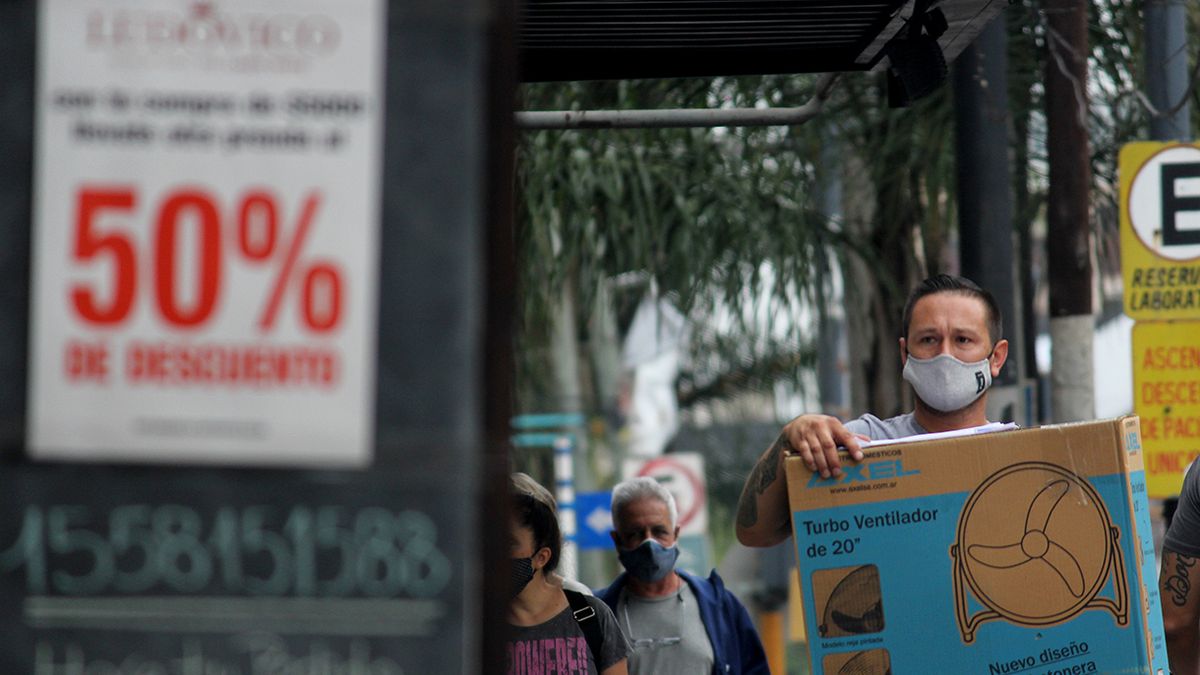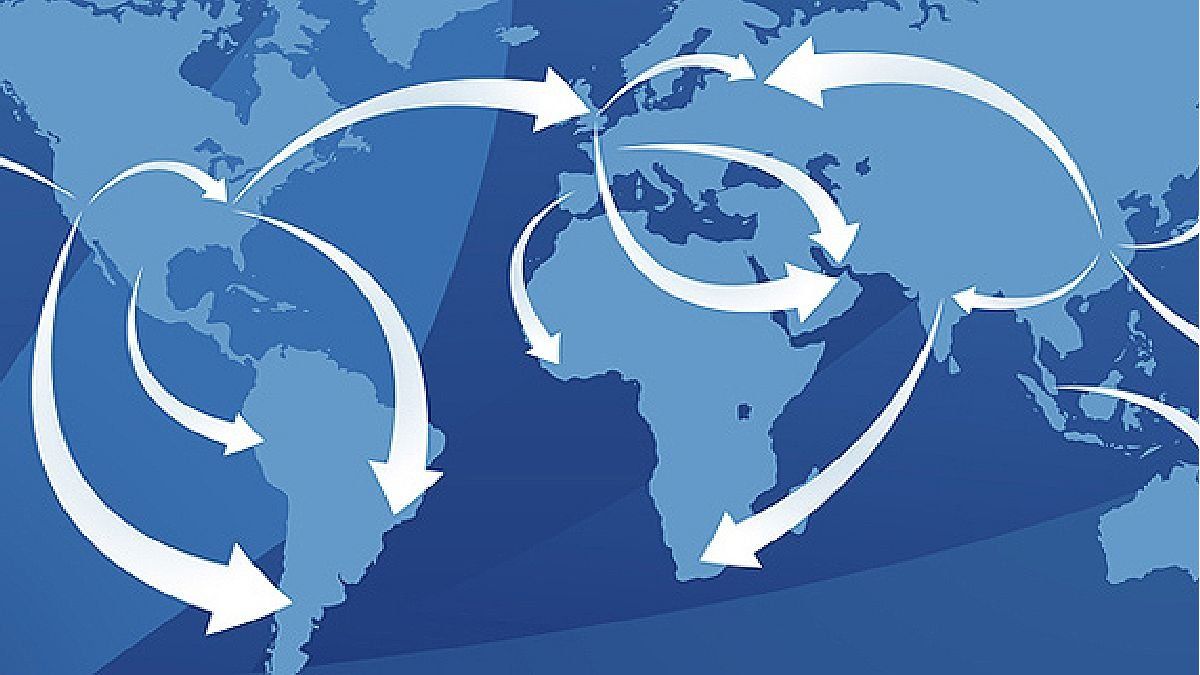In part, “this is due to the fact that the highest deciles, less affected by the acceleration of inflation, are those that demand relatively more services and second need goods, giving the “perception” of a greater general demand. In addition, in In a context of high inflation, these sectors may choose to advance consumption of intermediate or durable goods (such as clothing, household appliances, among others), given the disincentive generated by saving in a context of lack of medium-term predictability”. This is also combined with the fact that the service sectors linked to tourism, leisure and transportation are the ones that are leading the recovery in recent months, when previously they had been the furthest behind as a result of sanitary restrictions, possibly leaving a certain “repressed consumption” that is currently being paid off.
“In contrast, the sectors with the fewest resources are the ones that may be cutting essential consumption. The lowest strata, with more limited consumption baskets, are reducing their spending in the face of the marked loss of purchasing power that occurred in the first four months,” the consultant said.
What is expected for the coming months?
These different trends may accelerate in the short and medium term as nominal volatility gives rise to different speeds in the recovery of purchasing power. The demands of the different social sectors that may arise from this should be a component to be constantly followed, since they are one of the keys to climbing a new nominal step or, finally, starting a path of slowing down inflation.
Source: Ambito
David William is a talented author who has made a name for himself in the world of writing. He is a professional author who writes on a wide range of topics, from general interest to opinion news. David is currently working as a writer at 24 hours worlds where he brings his unique perspective and in-depth research to his articles, making them both informative and engaging.




